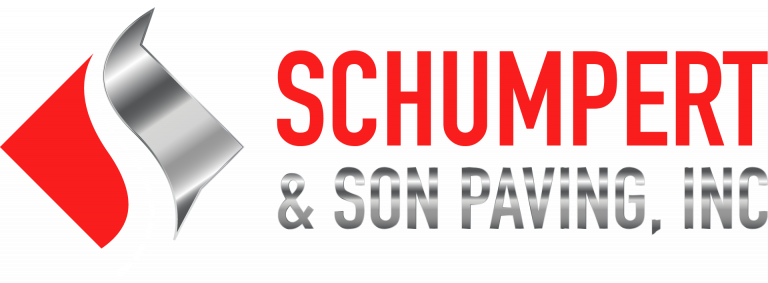Recycling of the road surface is one of the main reasons for milling a road surface. Milling is widely used for pavement recycling today, where the pavement is removed and ground up to be used as the aggregate in new pavement. For asphalt surfaces the product of milling is reclaimed asphalt pavement (RAP), which can be recycled in the asphalt hot mix asphalt (pavement) by combining with new aggregate and asphalt cement (binder) or a recycling agent. This reduces the impact that resurfacing has on the environment.
Milling can also remove distresses from the surface, providing a better driving experience and/or longer roadway life. Some of the issues that milling can remove include
It can also be used to control or change the height of part or all of the road. This can be done to control heights and clearances of other road structures such as: curb reveals, manhole and catch basin heights, shoulder and guardrail heights, and overhead clearances. It can also be done to change the slope or camber of the road or for grade adjustments which can help with drainage.

Copyright © 2019 Realinternetsales.com, All Rights Reserved
Office: (803) 405-1115
Office: (803) 944-6465
Fax: (803) 276-1511
Email: info@PaveSC.com
|
|